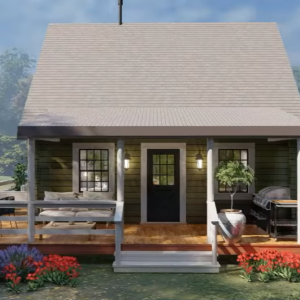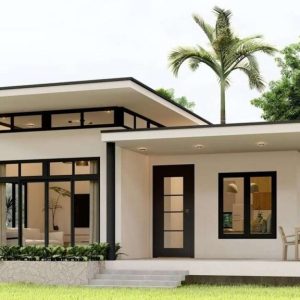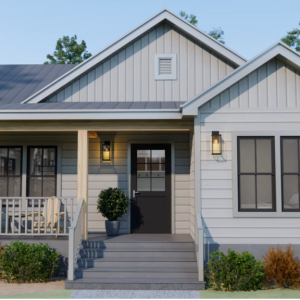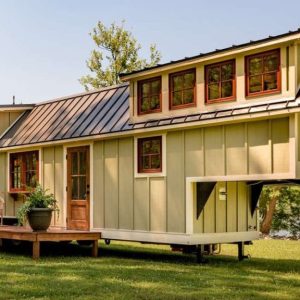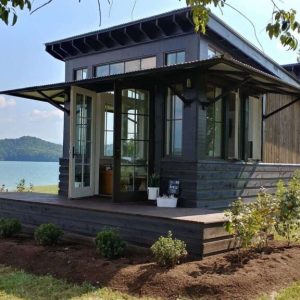
The popularity of tiny houses is increasing day by day, and this trend can be directly attributed to people preferring a simpler, more practical, and sustainable lifestyle. People tend to reduce their financial burdens and cause less harm to the environment by choosing to live in smaller, minimal, and functional houses instead of large and luxurious houses. In line with this trend, tiny houses equipped with incredible ideas come to the fore with designs that meet the needs of modern life and are also aesthetically striking.
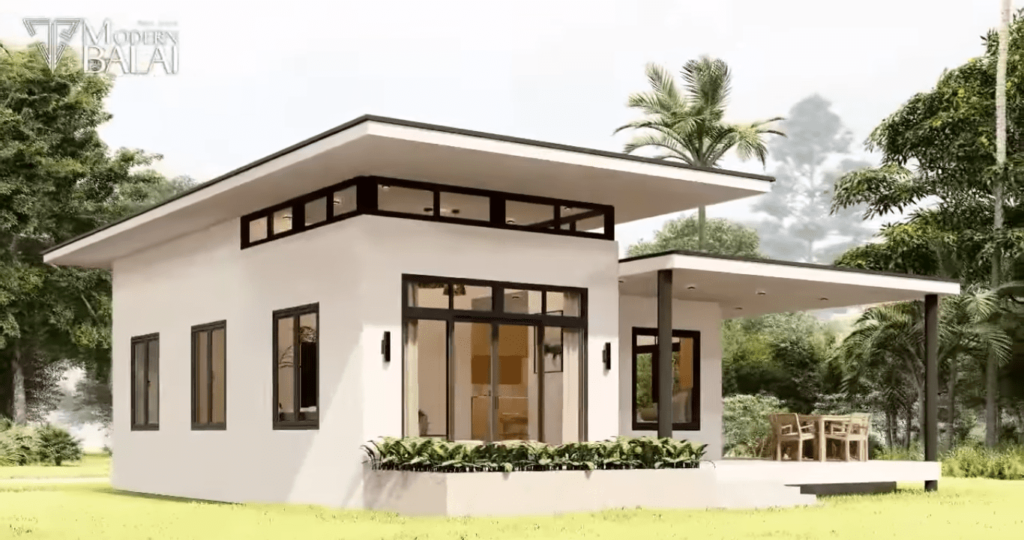
Tiny house designs combine functionality and creativity that only need to be packed into a small space. These houses are usually one-room or several-room, and each space is optimized for best use. Incredible ideas are used to make life more comfortable and enjoyable in this limited space.
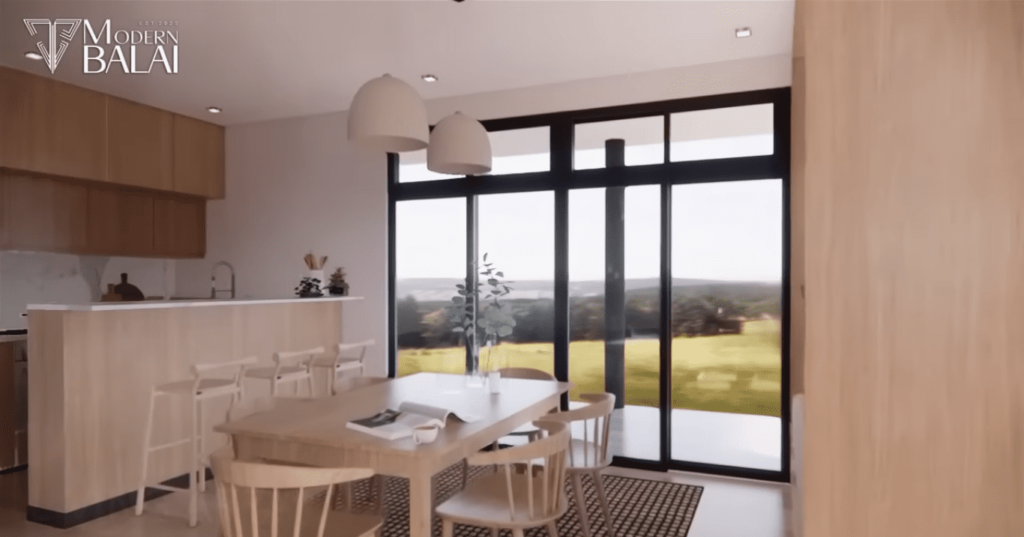
Many tiny house designs stand out with their multi-purpose furniture and storage solutions. For example, beds can turn into sofas or desks during the day, tables can be folded and walls can be used for storage. In this way, extra space is created for those who have to live in a small space, and every space is used efficiently.

However, tiny houses are not limited to functionality alone; They are also aesthetically impressive. Some designs offer a modern and contemporary look, while others have a rustic or minimal style. Details like wood touches, charming windows, roof terraces, and exterior plants take tiny houses beyond the ordinary and make them a glamorous living space.
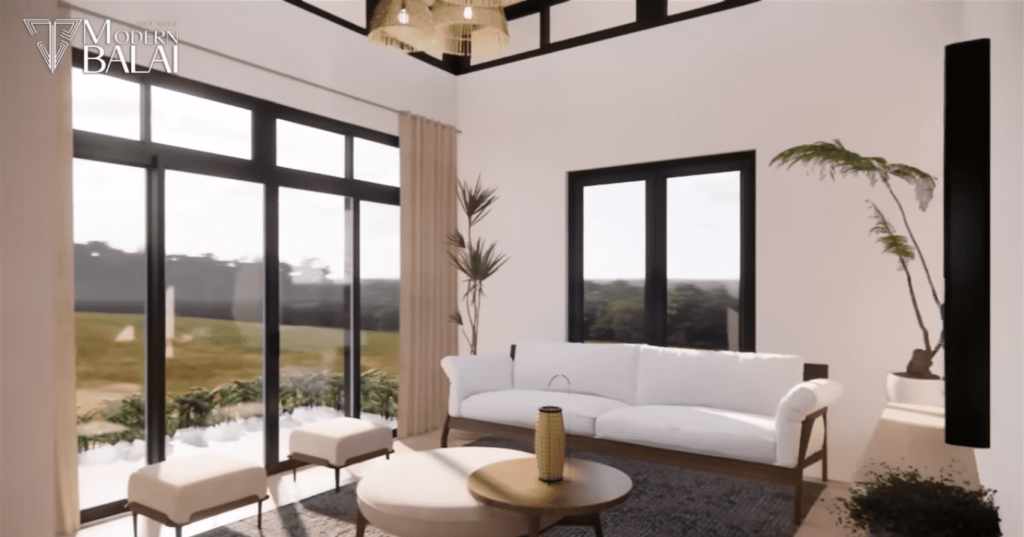
Some tiny house designs are built with eco-friendly and sustainable materials. Materials such as recycled wood, steel, and glass both preserve natural resources and increase energy efficiency. Additionally, renewable energy and water sources such as solar panels and rainwater harvesting systems are frequently used in these homes.

Tiny houses also provide mobility and flexibility. Some designs are built on a wheeled chassis, making them easily portable to any desired location. This offers owners the freedom to travel or live in different places.

In addition to the advantages of tiny houses, these types of living spaces also have the potential to offer owners financial freedom and a simple lifestyle. A smaller home means a lower property tax and energy bill. Plus, with reduced property maintenance and cleaning time, owners live a less stressful life.
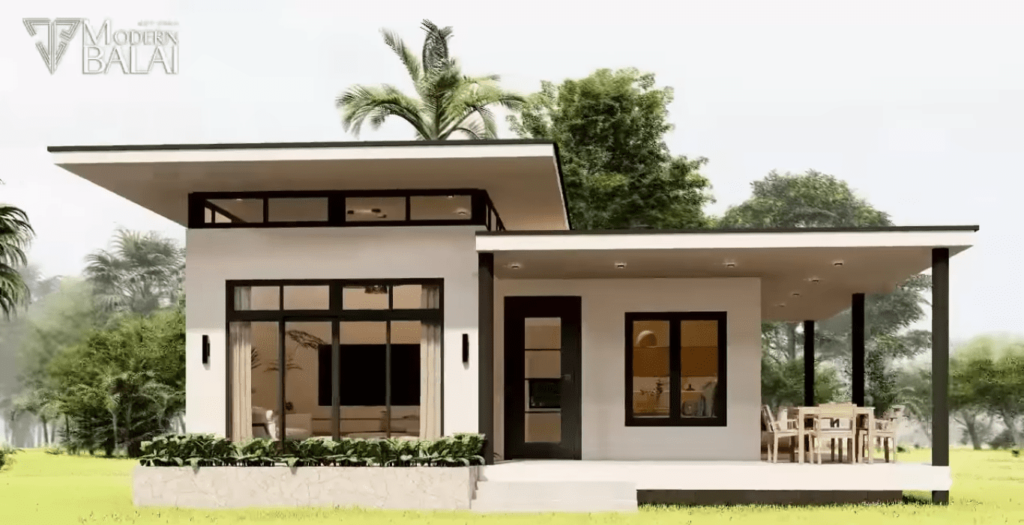
For many people, tiny houses are seen as a way to reduce overconsumption and live with simplicity. These houses encourage the reduction of personal belongings and encourage people to focus on only what they need. This encourages reviewing consumption habits and adopting a more sustainable lifestyle.

However, tiny houses also have some challenges. Particularly for families, limited space sharing and privacy issues can be important. Additionally, limited storage space and the need to optimize living space can be a difficult experience for some people to adapt to. However, a properly designed tiny house can offer practical and creative solutions to overcome these challenges.
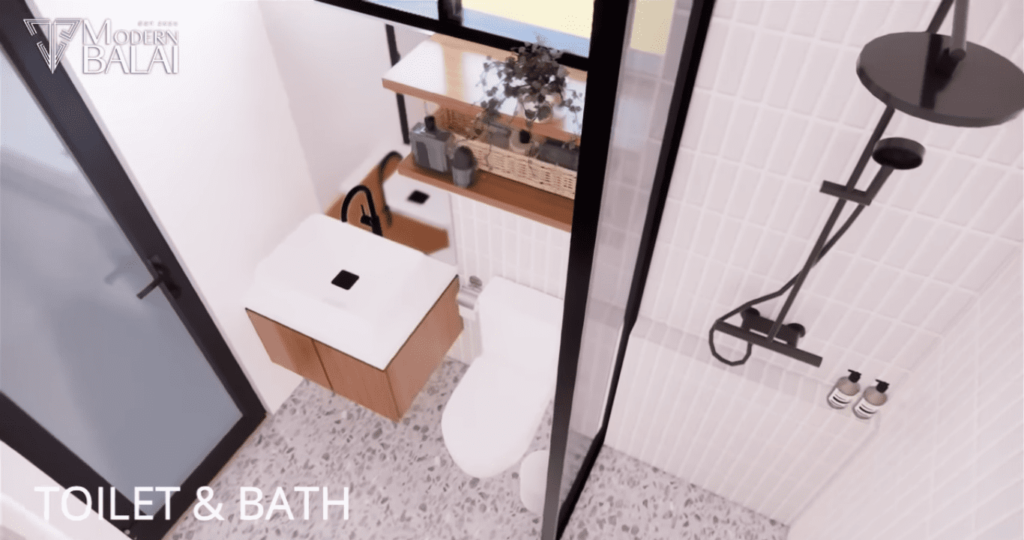
Tiny houses can also address issues associated with increasing density in urban areas. Smaller homes can optimize limited land use in cities and alleviate overpopulation density. This could provide more accessible and affordable housing options for people living in urban areas.
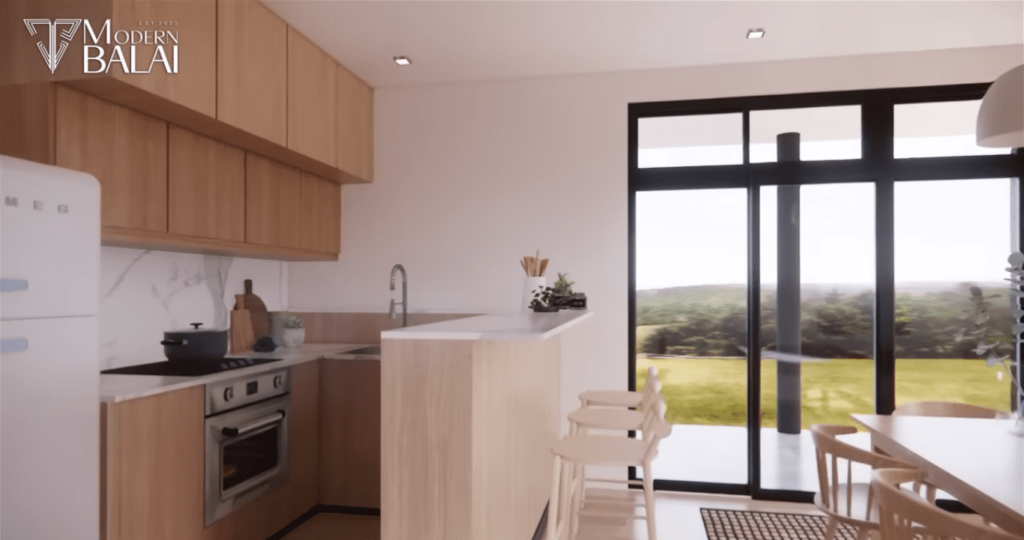
As a result, tiny house designs offer innovative solutions that adapt to the needs of modern living and at the same time promote an environmentally friendly and sustainable lifestyle. These homes offer people less financial burden and more freedom, while also preserving natural resources and promoting an environmentally friendly lifestyle. In the future, tiny houses are likely to play an even more important role in the housing industry, as people will continue to seek simpler, practical, and environmentally friendly living spaces.
